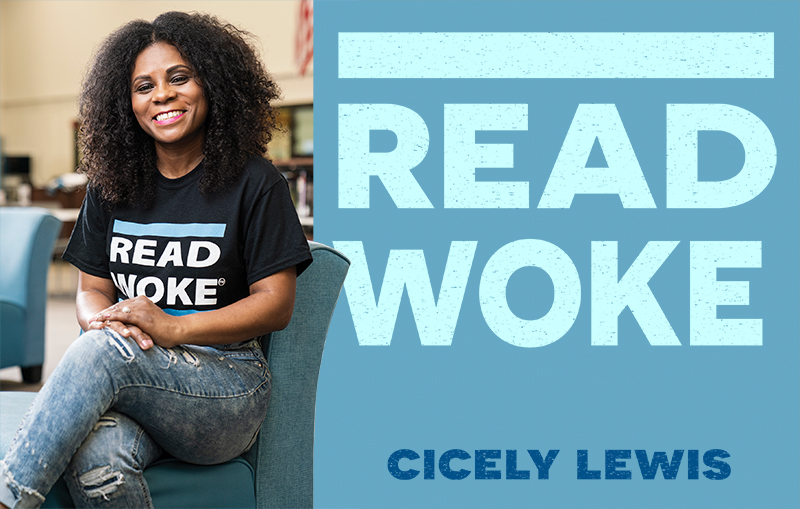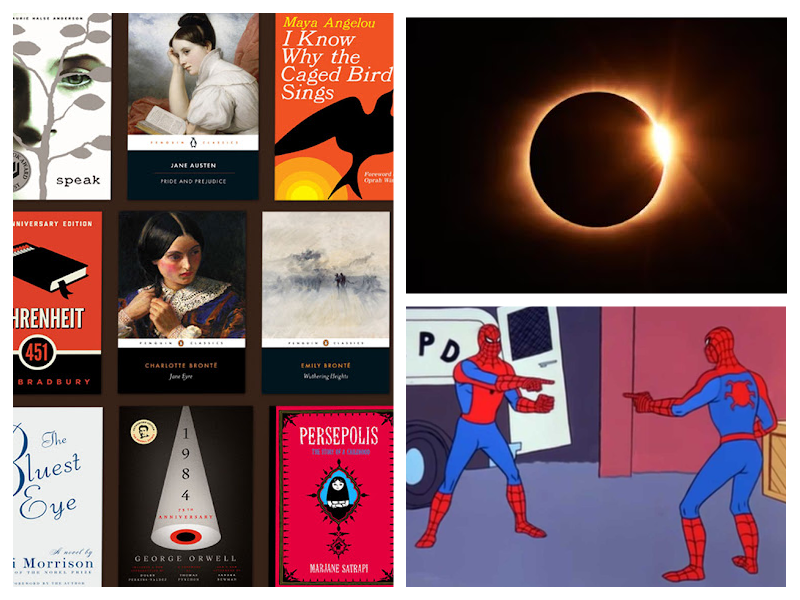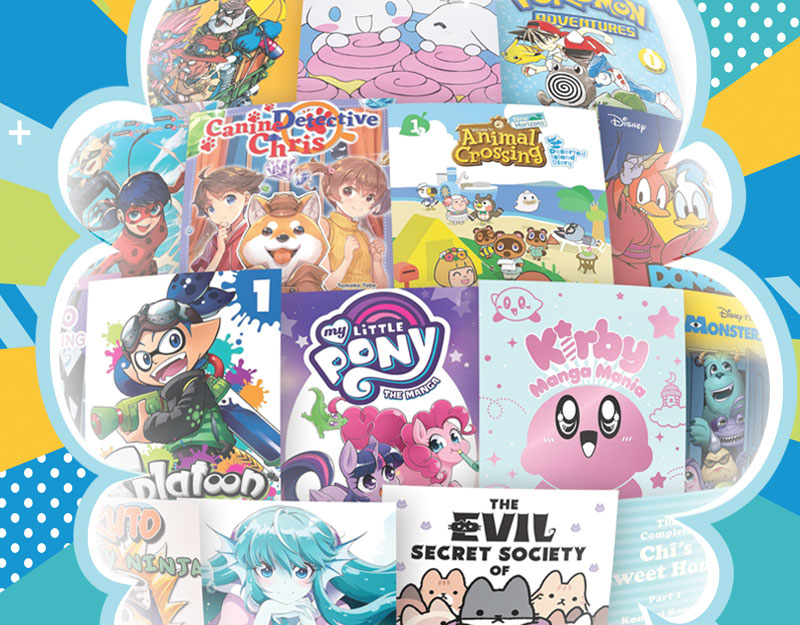Review of the Day: The Contest Between the Sun and the Wind
The Contest Between the Sun and the Wind: An Aesop’s Fable
Retold by Heather Forest
Illustrated by Susan Gaber
August House Little Folk
$16.95
ISBN: 978-0-87483-832-0
Ages 4-8
On shelves now
Of all the fables of all the world, sometimes I think that Aesop’s are the hardest to retell. Not that the moral lessons don’t still contain great pearls of wisdom for us even to this day. The wisdom and the folly have eerie longevity, that’s for sure. The problem is more that Mr. Aesop appreciated brevity. He knew how to get to the heart of a story without a mess of folderol and flippery. That’s all well and good if you’re writing a book of multiple Aesop fables, but what do you do if you turn one of them into a picture book? As it turns out, author Heather Forest and illustrator Susan Gaber are, between the two of them, no strangers to turning short tales into magnificent works of picture book art, as if by magic. They’ve collaborated on four books before (my favorite of these being their version of The Little Red Hen: An Old Fable) and now they return with a lesser-known but no less impressive story. The Contest Between the Sun and the Wind suggests to us that sometimes force is less effective at solving a problem than simple intelligence. And to be perfectly frank, I cannot think of a more timely notion considering the day and the age in which we live.
For you see, there once was a man walking along a road. As he walked he wore a winter coat. His simple journey caught the eye of both the Sun and the Wind. After the Wind bragged that his strength outweighed that of the Sun, a challenge was made: "Let us see who can take the coat off of that man on the road." Sounded simple enough. Yet when the Wind blew with all its might its efforts only caused the man to clutch his coat tighter to his body. In a huff the Wind gave up, leaving the Sun. And when the Sun burned as brightly as possible, the warm weather gently persuaded the man to remove his outer garment, making the daylight star the unequivocal winner.
ADVERTISEMENT
ADVERTISEMENT
Retelling anyone is a bit of a challenge. You have to be certain that your words, for whatever reason, improve upon the original. Retelling long-dead Aesop just ups the challenge that much more. Yet Ms. Forest taps into just the right balance of child-friendliness alongside a kind of faithfulness to the text itself. Put too many words on a page and your book suffers. And in the case of adapting an Aesop fable, the fear would be having too few words to work with. Fortunately you never seem to have too many or too few when Forest is at the helm. A balance in struck. She produces a great story and allows just enough space for an illustrator to get a little creative.
Susan Gaber is one of those illustrators that routinely stuns me, and yet at the same time causes me to scratch my head in confusion. Why on earth is she not better known? Is it because the books she works on are released through small presses like August House? Certainly it cannot be due to her style, which can only be described as delightful. In The Little Red Hen Gaber employed an almost classic, thick-painted style. Here, in contrast, she’s all breezy droplets of paint set alongside luxurious luminous colors. As comfortable with showing the blackened silhouettes of animals surviving a dust storm as the wet R. G. Biv eyeballs of a smiling, happy sun. Sometimes I think that the quality of a book lies in the artistry of its endpapers. At the beginning of this story we just see a man’s feet walking down a road. A single grey moth flutters alongside his dusty black shoes. Now turn to the endpapers at the story’s finish and there are the man’s feet once again. Once again the moth. But the rainbows apparent in the sun’s eyeballs now appear alongside the feet, indicating a bit of a spring in his step. This is just one example of Gaber going above and beyond the call of duty. The amount of thought she put into this book is astonishing. Consider the opening of the book where a winding yellow road leaves a land of deep grays and industrial towers (is that Toto I see on the bridge?) and a man leaves it all behind to walk in green dappled fields. There are whole worlds and realms visible in this tale that could only have been hinted at in its simple spare text.
At the beginning of the story are the words, "This book is dedicated to Peace Makers everywhere. – HF & SG". Forest and Gaber follow their own advice. Instead of writing some didactic text about using your head rather than your physical strength to change the world, they just retell an Aesop tale as faithfully and simply as possible. They’re not forcing you to see the world in a certain way. Like the Sun in the story this is a book that persuades with gentleness rather than force. A visual stunner and a title that might fly below your radar, this is one of the lovelier picture books I’ve seen in a while.
On shelves now.
Filed under: Reviews
About Betsy Bird
Betsy Bird is currently the Collection Development Manager of the Evanston Public Library system and a former Materials Specialist for New York Public Library. She has served on Newbery, written for Horn Book, and has done other lovely little things that she'd love to tell you about but that she's sure you'd find more interesting to hear of in person. Her opinions are her own and do not reflect those of EPL, SLJ, or any of the other acronyms you might be able to name. Follow her on Twitter: @fuseeight.
ADVERTISEMENT
ADVERTISEMENT
SLJ Blog Network
Name That LEGO Book Cover! (#53)
Exclusive: Vol. 2 of The Weirn Books Is Coming in October | News
Fighting Public School Book Bans with the Civil Rights Act
Take Five: Middle Grade Anthologies and Short Story Collections
ADVERTISEMENT









I know Gaber has worked at larger houses because when I was an editor at Harcourt,I had her illustrate fantasy author Emma Bull’s one and only picture book. But I agree–in many ways Gaber is an undiscovered gem.
Jane
Emma Bull had a picture book? To the library!
Maybe the reason Susan is not so well known is that in an
industry founded by women and is still populated with 3/4 women, 3/4 of the awards go to men, especially the illustrators. Women are not seen as great artists and writers? Why is that?
Oh, I loved Forest & Gaber’s “Little Red Hen” — glad to see another collaboration. Thanks for the tip!